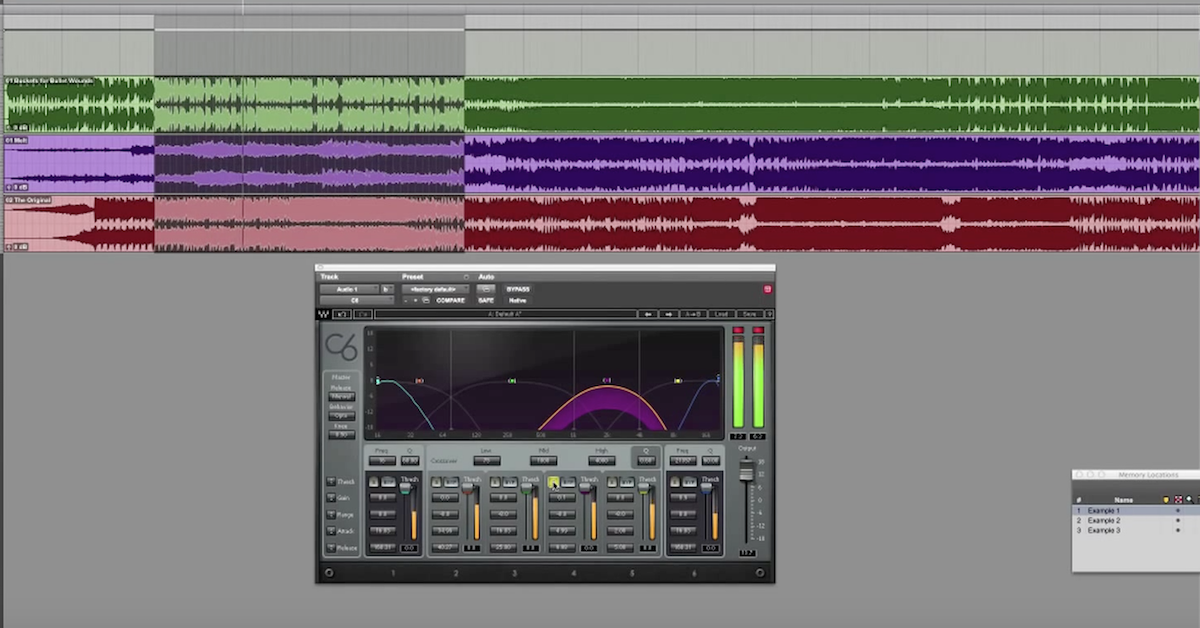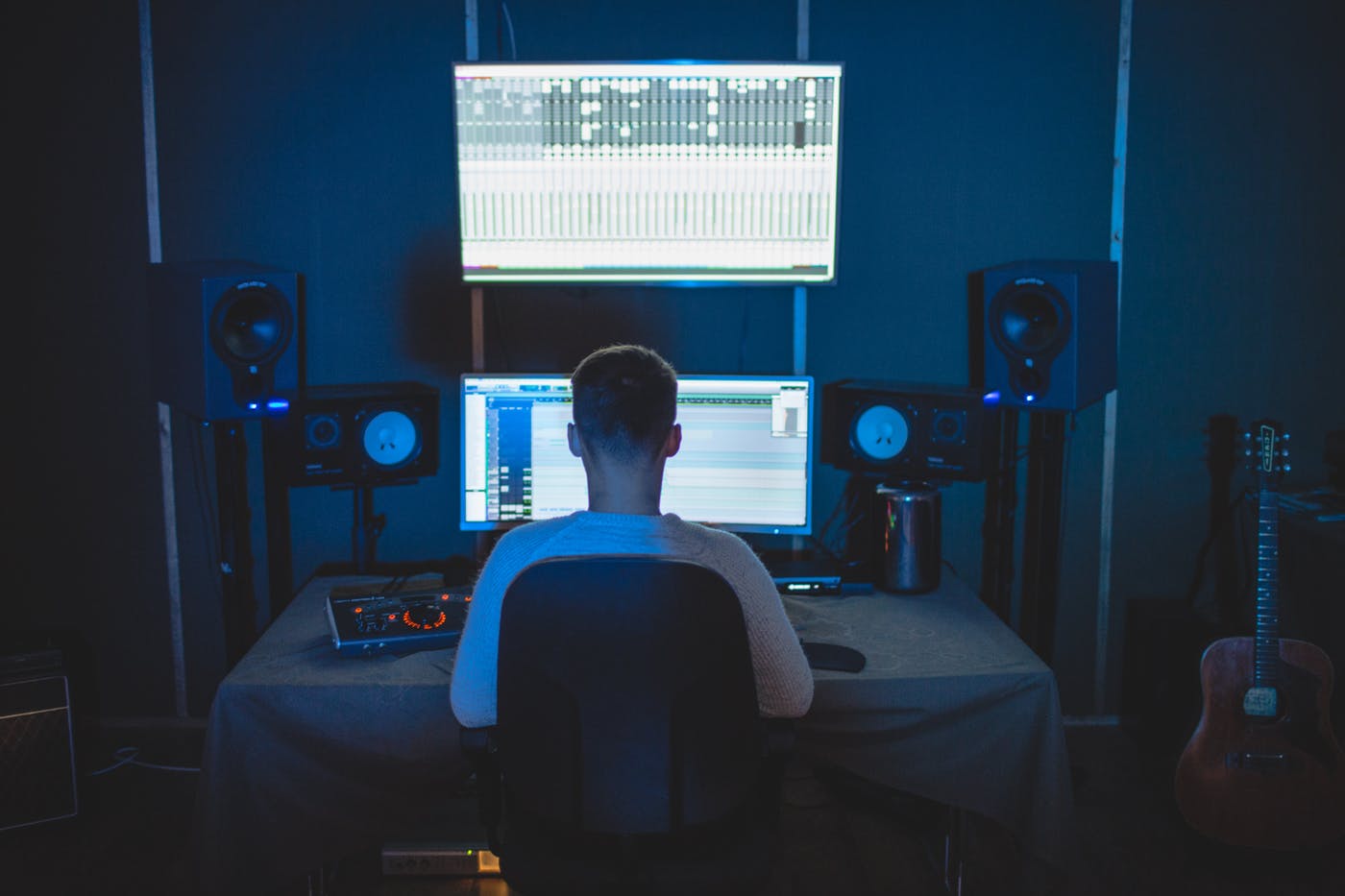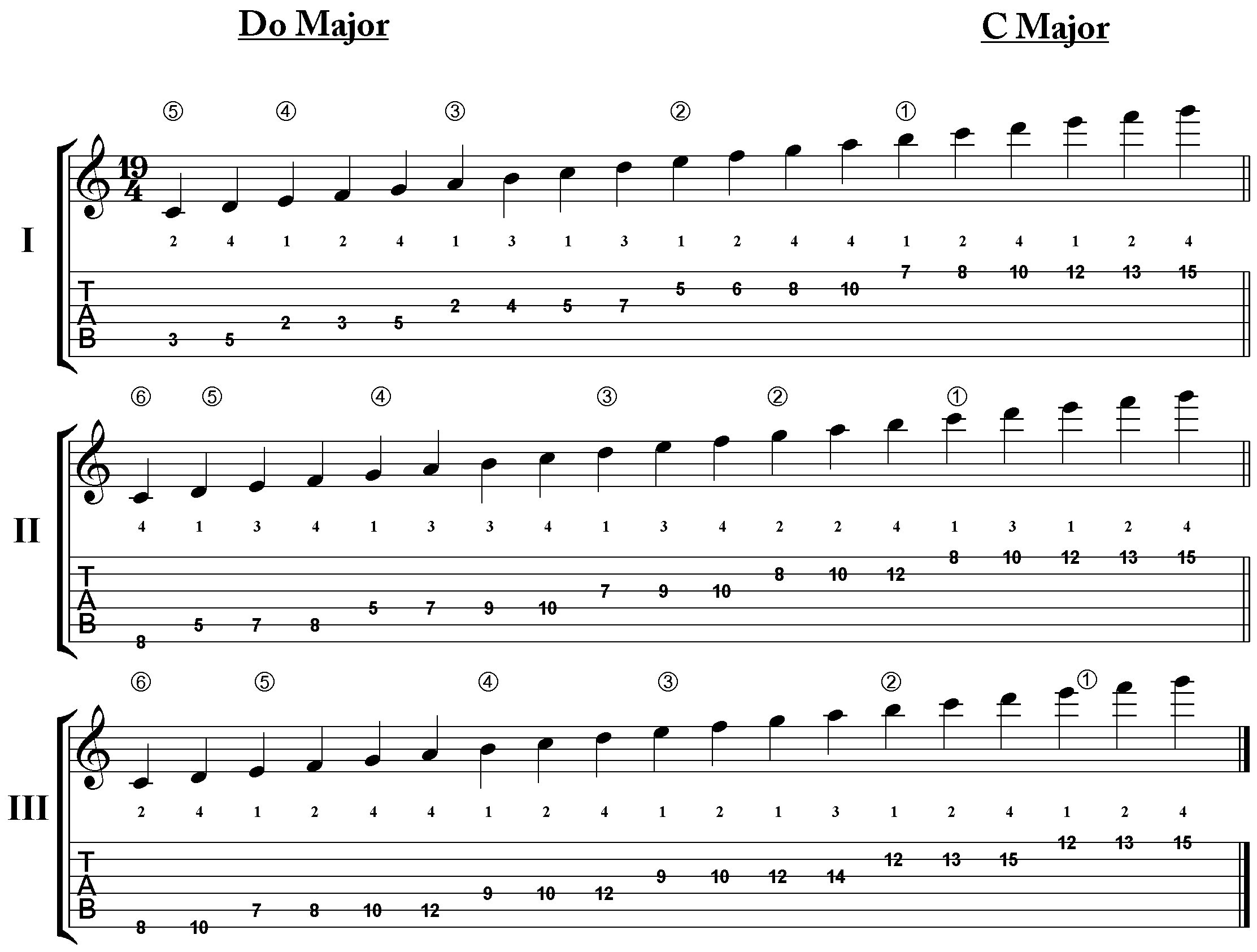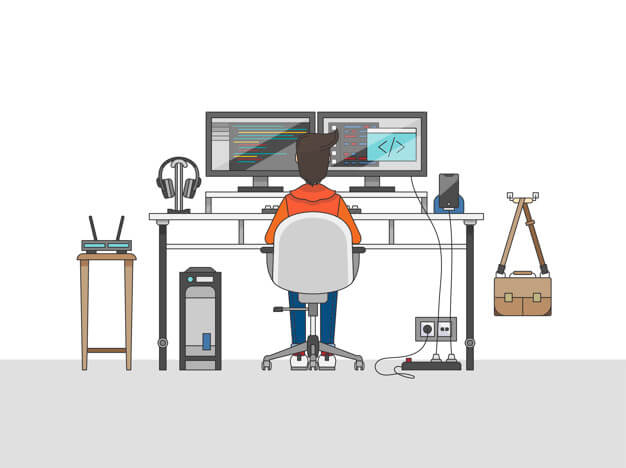No mixing environment is perfect.
Even when you have acoustic treatment, quality monitors, and great headphones, there’s always a bit of guesswork in the final stages of your mix process.
To get good results you should know what you’re up against—and the right way to work around it.
Reference tracks are how you get that perspective. They’re an incredibly useful tool that will help you decide your mix objectively.
However, what is reference tracks? Which ones should you use, and how to work with them?
In this article, we’ll explain what reference tracks are, how to choose a reference track for a better mix, and some of my tops pick for different mix situations.
Let’s get started.









